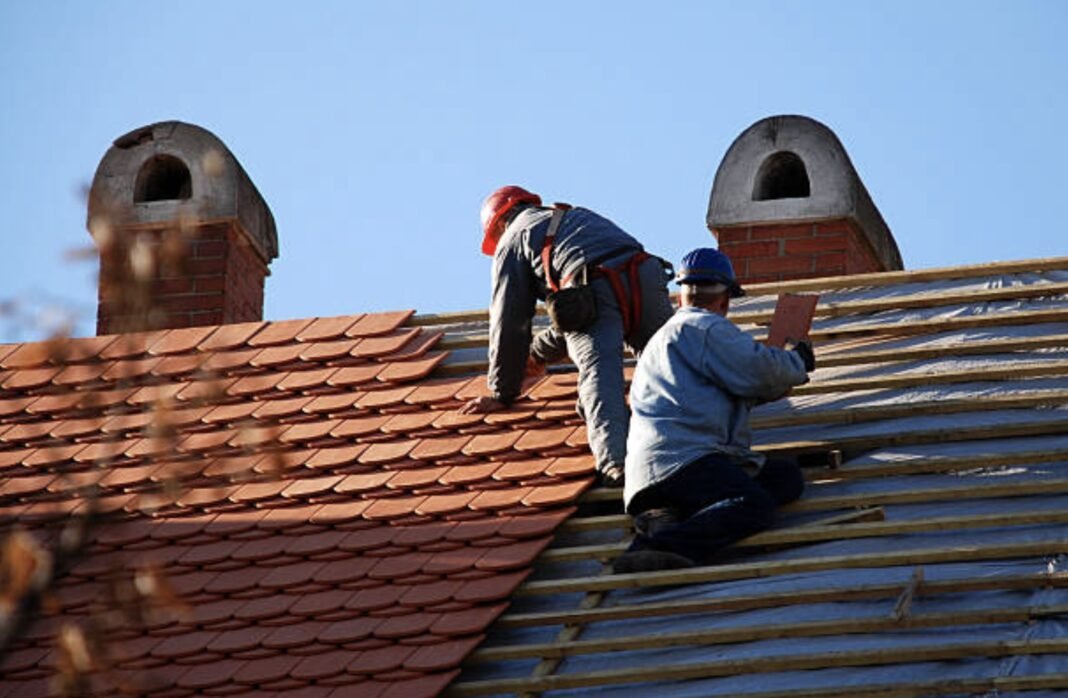When investing in a new roof, understanding the details of the roofing warranty is essential. A roofing warranty provides homeowners with peace of mind, knowing that their investment is protected against defects and unforeseen issues. However, not all roofing warranties are created equal, and it’s crucial to carefully review the terms and conditions to ensure you’re adequately covered. In this comprehensive guide, we’ll explore the intricacies of roofing warranties, what’s covered, what’s not, and how to make the most of your warranty coverage.
The Basics of Roofing Warranties:
Before delving into the specifics of roofing warranties, it’s essential to understand the different types:
1. Manufacturer’s Warranty:
A manufacturer’s warranty, also known as a material warranty, covers defects in the roofing materials themselves. These warranties typically range from 10 to 50 years, depending on the type and quality of the roofing material. Manufacturer warranties typically cover issues such as manufacturing defects, premature deterioration, and granule loss.
2. Workmanship Warranty:
A workmanship warranty, also known as an installation warranty, covers defects in the installation of the roofing system. This type of warranty is provided by the roofing contractor and typically ranges from 1 to 10 years. Workmanship warranties cover issues such as improper installation, leaks, and flashing failures.
3. Extended Warranty:
Some roofing manufacturers offer extended warranties that provide additional coverage beyond the standard warranty period. These warranties may cover issues such as wind damage, algae resistance, and even labor costs for repairs or replacement.
What’s Covered by Roofing Warranties:
1. Material Defects:
Manufacturer warranties typically cover defects in the roofing materials themselves, such as premature deterioration, manufacturing defects, and granule loss. If the roofing material fails due to a covered defect, the manufacturer will typically provide replacement materials at no cost to the homeowner.
2. Workmanship Issues:
Workmanship warranties cover defects in the installation of the roofing system, including issues such as improper installation, leaks, and flashing failures. If the roofing contractor fails to install the roof according to industry standards and manufacturer specifications, they are responsible for repairing or replacing the defective work at no cost to the homeowner.
3. Extended Coverage:
Some roofing warranties offer extended coverage for additional issues beyond the standard warranty period. This may include coverage for wind damage, algae resistance, and even labor costs for repairs or replacement. Extended warranties provide homeowners with added peace of mind and protection against unforeseen expenses.
What’s Not Covered by Roofing Warranties:
While roofing warranties provide valuable protection against defects and issues, it’s essential to understand their limitations. Here are some common exclusions:
1. Normal Wear and Tear:
Roofing warranties typically do not cover normal wear and tear that occurs over time, such as minor granule loss, fading, or weathering. These issues are considered to be a natural part of the aging process and are not covered by warranty.
2. Damage from External Causes:
Roofing warranties generally do not cover damage caused by external factors beyond the manufacturer’s or contractor’s control, such as acts of nature (storms, hurricanes, etc.), fire, vandalism, or accidents.
3. Failure to Perform Maintenance:
Most roofing warranties require homeowners to perform regular maintenance to keep the roof in good condition. Failure to perform proper maintenance, such as cleaning gutters, removing debris, and inspecting for damage, may void the warranty coverage.
Making the Most of Your Roofing Warranty:
To maximize the benefits of your roofing warranty and ensure you’re adequately protected, follow these tips:
1. Read and Understand the Warranty:
Carefully review the terms and conditions of your roofing warranty to understand what’s covered, what’s not, and any limitations or exclusions.
2. Hire a Qualified Contractor:
Choose a reputable roofing contractor with a proven track record of quality workmanship and reliability. Ensure they provide a comprehensive workmanship warranty to cover the installation of your new roof.
3. Perform Regular Maintenance:
Follow the manufacturer’s recommendations for roof maintenance, including regular inspections, cleaning, and repairs. Keeping your roof in good condition can help prevent issues and prolong its lifespan.
4. Keep Records:
Keep detailed records of all maintenance and repairs performed on your roof, as well as any correspondence with the manufacturer or contractor regarding warranty claims. This documentation may be needed in the event of a warranty claim.
5. Act Promptly:
If you notice any issues with your roof, such as leaks or damage, act promptly to address them. Waiting too long to address problems could result in further damage and may void your warranty coverage.
Conclusion:
Understanding the ins and outs of roofing warranties is crucial for protecting your investment and ensuring peace of mind. By knowing what’s covered, what’s not, and how to make the most of your warranty coverage, you can confidently navigate the process of replacing or repairing your roof and enjoy years of reliable protection.


